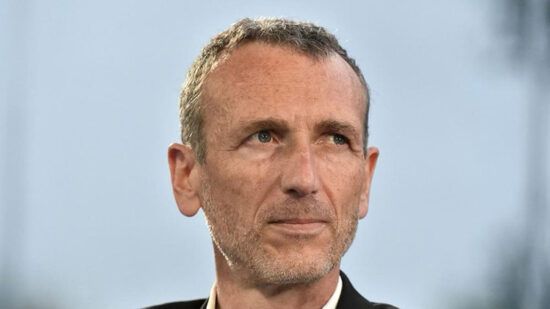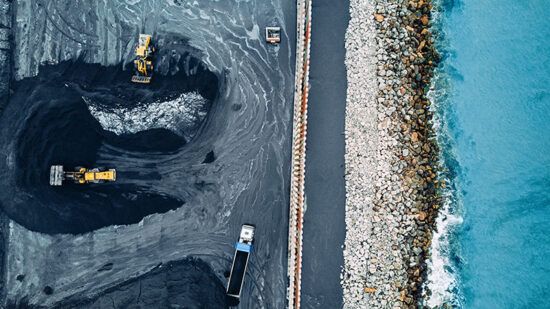Despite a flurry of attention in recent years from consumers, companies, NGOs and governments, global plastic production has continued its upward trajectory – along with the associated waste and pollution issues.
2024-2025 may be an inflection point for this theme, with numerous milestones coming together: deadlines for voluntary corporate goals and for incoming regulations, the potential finalisation of a UN Plastics Treaty, and the ramp up of new recycled plastic capacity from chemical recycling.
Voluntary goals have yielded little progress …
Since 2020, consumer-facing companies have, under the guise of the Ellen MacArthur Foundation and initiatives such as the Plastics Pact, made voluntary pledges to increase recycled plastic use. In practice, however, progress has been slow. For most companies, there remains a big gap between current levels of recycled plastic adoption and that required under 2025 goals (which are typically to have 25% recycled content).
There are numerous reasons for this: increases in petrochemical capacity in China which have driven lower-cost plastic imports; ongoing challenges in recycled plastic collection, leading to a lack of availability, particularly of food-grade and flexible plastics; and lastly, inflation, which has made it more challenging for companies to commit to adopt price premiums for recycled plastic. As a result, most consumer and packaging companies remain off track versus their 2025 goals.
… setting the scene for increased regulation
The lack of progress does not mean the plastic issue will diminish – rather it continues to gain more attention. This can be seen in the broad, global buy-in to the need for adoption of a UN Plastics Treaty on an accelerated timeline. It can also be seen in the increase in the number of regulations mandating thresholds for recycled plastic, taxes on virgin plastic, and other recent regulations such as the EU’s Packaging and Packaging Waste Regulations, and California’s Plastic Pollution Prevention and Packaging Producer Responsibility Act.
The scale of this shift is significant. Markets from Australia, India, Europe to the US, which collectively account for 30% of global GDP, have 2025 recycled plastic content requirements for packaging. Until now companies have faced few consequences for not meeting voluntary goals, but more “sticks” loom on the horizon.
The solutions?
The negative consumer sentiment around plastic, and the flurry of approaching deadlines for regulatory and voluntary goals, will increase costs for consumer-facing companies, particularly those that are lagging.
Costs may be in the form of increased price premiums for recycled plastic, investments to change packing lines (for example, from flexible plastic to flexible paper), and taxes and fees to fund investments in plastic recycling, such as through extended producer responsibility (EPR) schemes.
Alongside this, we should see more focus on potential solutions, namely material substitution, improved waste sorting and chemical recycling.
Material substitution – Substitution of plastic packaging with other materials is likely to accelerate over the rest of the decade – particularly of plastics with low recyclability, plastics that require specialised recycling infrastructure, and types of plastic with low availability of recycled material.
The substitution trend is likely to benefit paper and pulp, aluminium and glass packagers, though we expect plastic-to-paper switching to be a growth area. In making this switch, companies will need to mitigate other potential negative impacts including on deforestation, biodiversity, and water pollution.
Investment in sorting technologies – Increasing plastic recycling rates rely on consumer behaviour changes, as well as improved sorting and collections. US recycling rates remain stubbornly low – around 21%, with the percentage of material recycled into new products even lower. However, this is likely to gradually change with policies such as EPR across more states helping to finance improved recycling infrastructure.
Even in countries with higher recycling rates, investment in sorting will be needed. In the UK, Veolia highlighted that achieving 50% recycled plastic in packaging would require 10 new plastic sorting facilities and up to 30 more recycling facilities.
Chemical recycling – The low availability of food-grade recycled plastic, combined with large quantities of unrecyclable plastic waste is focusing attention on chemical recycling technologies. These are a key component of the strategies that global chemical companies are setting in response to customer demands for circular production and recycled plastic.
While promising, chemical recycling is not without potential challenges. Further regulatory clarity is needed, as is a focus on reducing greenhouse gas emissions for some forms of chemical recycling such as pyrolysis.
Clarity on policy support for chemical recycling would also aid the scale up of these technologies – including support for a “‘mass balance” approach to accounting for recycled plastic in companies’ production mix and in product labelling, and clarification as to whether chemically recycled material can count towards recycling targets in the EU.
Where next?
Undoubtedly, numerous obstacles lie ahead – and these are not to be under-estimated given the slow progress to-date in addressing the plastics challenge. However, 2024-2025 could mark the beginning of a shift toward more tangible progress and such a shift will heighten both the risks and opportunities companies and investors must navigate.








